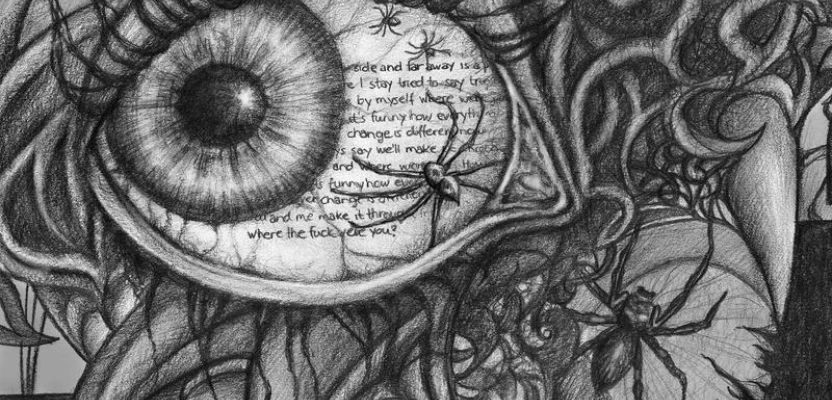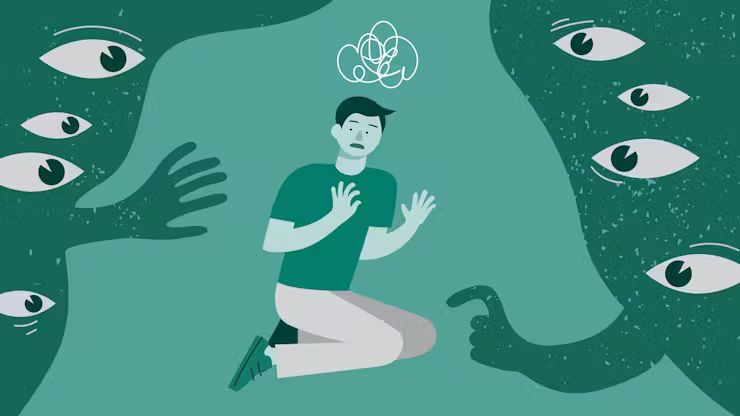
The Psychological Shift of Darknet Operatives
Ever notice how after a few months working in the darknet, the world starts to shift? Ordinary noises outside your window turn into potential threats, a stranger's glance feels like surveillance, and a glitch in your device instantly makes you think you're being monitored. This isn't just paranoia - it's a new way of perceiving reality that develops when you've spent too long-playing cat and mouse with the system.
A Case Study in Developing Operative Paranoia
Take Andrew (name changed), who spent three years successfully running dead drops. At first, he laughed at his peers who checked every new pair of shoes for hidden bugs. But within a year, he noticed his own behavior changing: meticulously planning routes with five or six unnecessary turns even for a quick store run, automatically scanning faces on the subway, flinching at the sound of an unfamiliar car idling outside. The scariest part? These actions became automatic, beyond conscious control.

The Neuroscience Behind Operative Paranoia
How the Brain's Threat Detection System Adapts
What happens to the mind under these conditions? Neuropsychologists explain it as a rewiring of the amygdala - the brain's threat - detection system. Under constant stress, it kicks into overdrive, making you see danger where there is none. A study of 150 darknet participants found that 82% developed what experts call "operative paranoia" - applying tradecraft techniques even in completely safe, everyday situations.
The Rule of Three: Identifying Real Threats
But how do you tell a real threat from imagined danger? Experienced players follow the Rule of Three.
1. Technological Warning Signs
Tech anomalies: If your phone starts draining battery fast, turning on by itself, or heating up in standby mode - it could be spyware.
2. Environmental Surveillance Indicators
Changes in your surroundings: New "neighbors" with odd schedules, sudden "renovations" in your building, utility workers showing up more often than usual - all classic signs of surveillance.
3. Digital Footprint Anomalies
Digital traces: Unexplained account activity, messages you didn't send, or a cursor moving on its own - red flags you can't ignore.

Emergency Response Protocol
If the threat is real, act fast. The first 10 minutes are critical. Computers get unplugged, and clean cash + documents get prepped for a quick exit. Within the next 24 hours, run a full sweep: check your car for GPS trackers (especially OBD ports and wheel wells), scan clothes and bags for RFID tags (a cheap detector from AliExpress could save your life), and scrub all digital footprints. Remember - if you are under watch, your advantage is knowing their playbook. Agencies follow patterns, and recognizing those patterns buys you time.
Maintaining Mental Health in High-Stress Operations
But how do you stay sane when every day feels like a countdown to arrest? How do you keep your mind intact under constant stress? Veterans develop their own mental hygiene rituals. Some carve out strict "normal life" time - cafes, trusted friends, workouts. Others keep a journal, rationally dissecting every suspicious event. Some practice tech detox - at least one day a week offline, navigating the old - school way with a paper map.
The Paradox of Professional Paranoia
Here's the paradox: The most successful players aren't the ones who never feel paranoia - they're the ones who control it. As one 15 - year operative put it: "Fear is your friend if you know how to listen. But let it scream too loud, and it'll betray you first." In a world where surveillance tech outpaces countermeasures, healthy paranoia isn't a luxury - it's survival. The real danger isn't being watched - it's losing the ability to tell real threats from illusions. Because in the end, the ones who stop fearing every shadow are usually the ones who walk right into the trap.




Comments 0